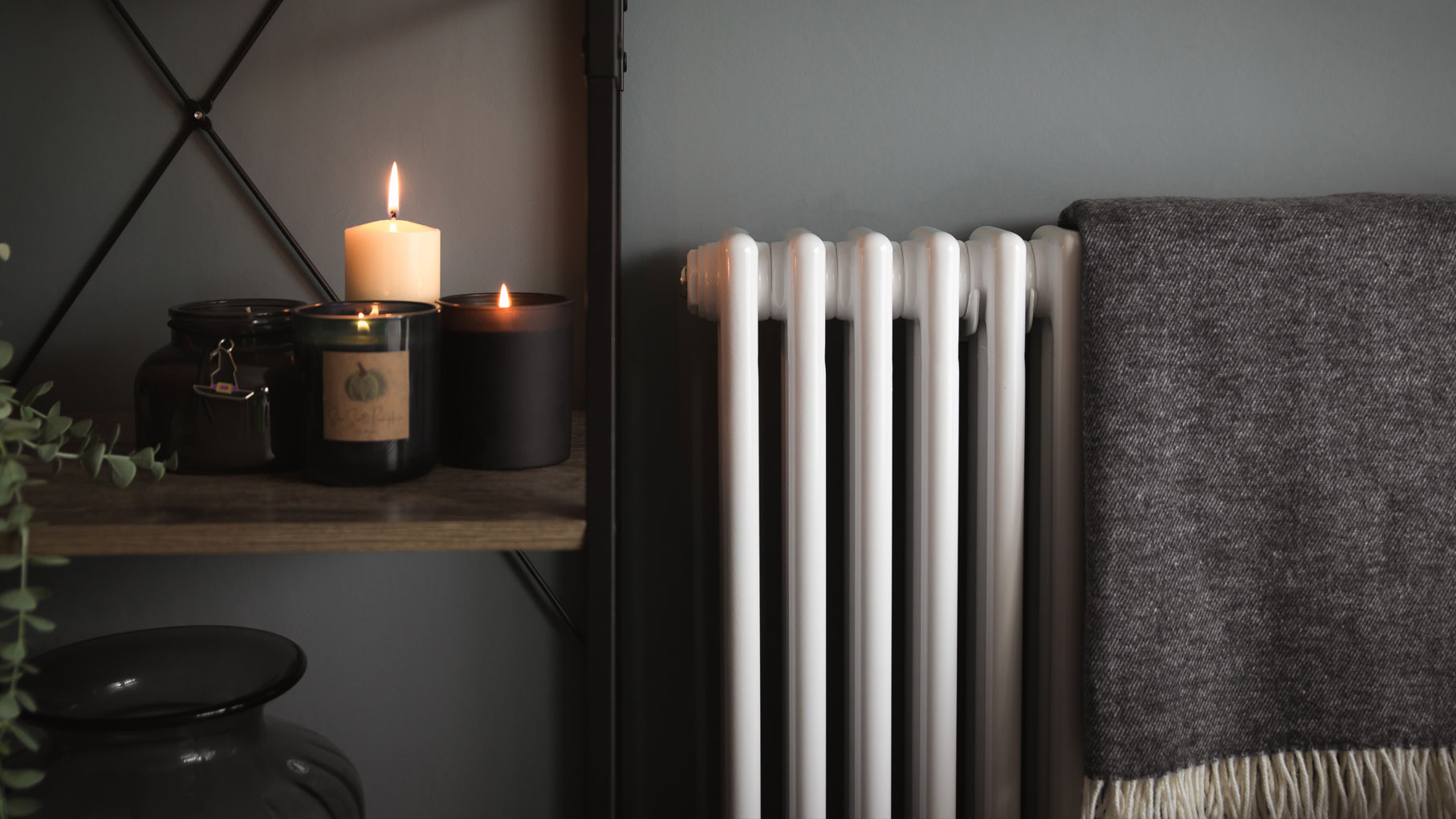
If your energy bills are climbing, your heating system could be to blame. Small, often unnoticed mistakes in how you operate or maintain it can lead to inefficiencies that quietly drive up costs. The good news? Many of these issues are easy to fix once you know where to look.
From forgetting to replace air filters to not getting 'smart' with your thermostat, there are several common missteps that make your heating system work harder than necessary. Luckily, making a few simple changes can improve efficiency and help lower those bills.
To get to the bottom of these costly heating system mistakes, we spoke to energy experts and uncovered the most frequent errors – along with the essential tips on how to fix them for good.
Common heating system mistakes making your energy bills expensive
Wondering why your heating is so expensive? The answer could be right under your nose. Below we share some of the main culprits for an unreasonably high energy bill, including many common heating problems you can repair yourself.
1. Using outdated or inefficient heating systems
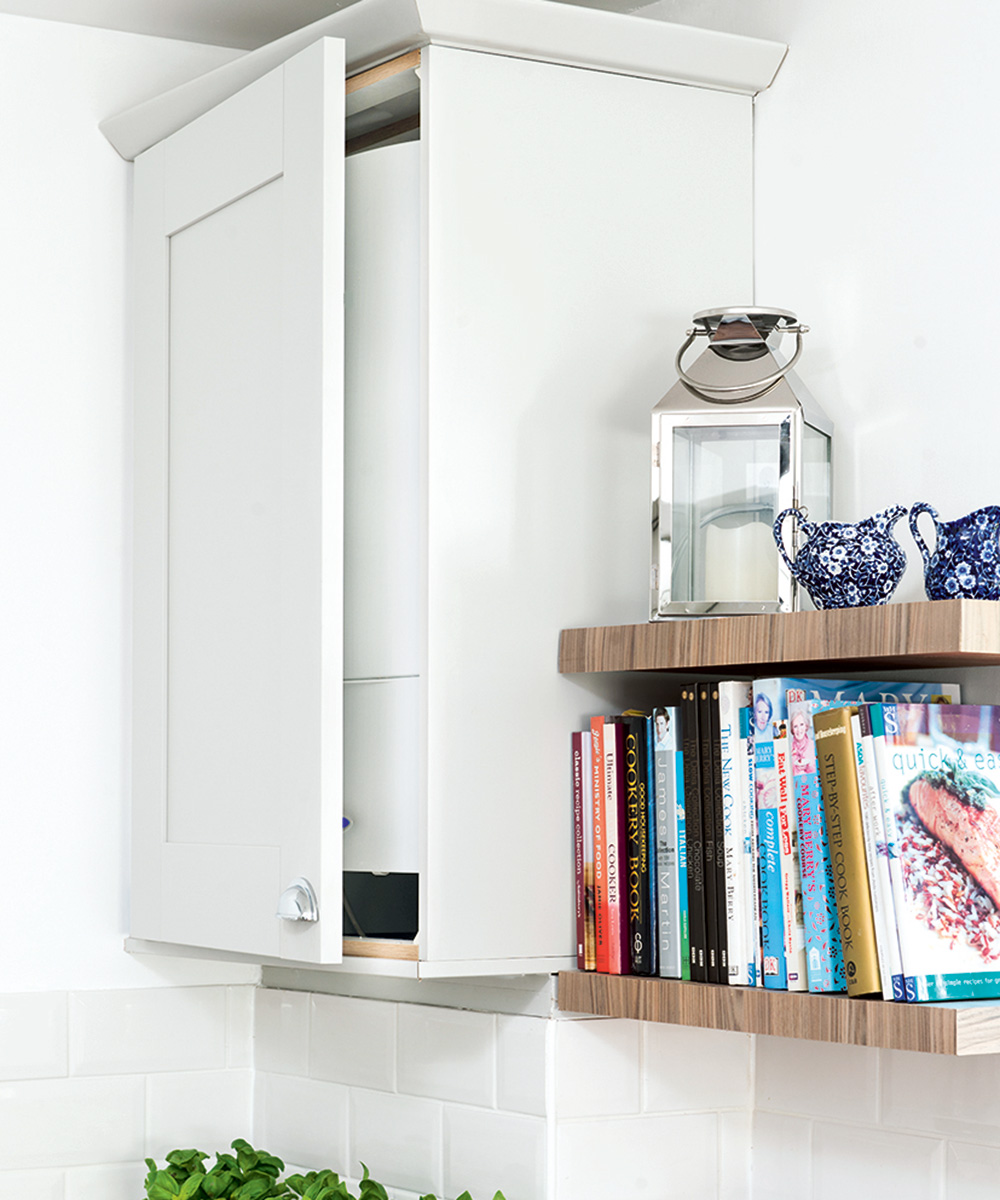
It will come as no surprise that older heating systems tend to be much less efficient compared to modern alternatives. On average, a furnace lasts anywhere between 10-20 years, while the typical lifespan of a boiler is around 10-15 years. So if your heating systems are over 15-20 years old, it's probably time to start thinking about an upgrade.
According to Brandon Young, CEO of Payless Power, 'Upgrading to more efficient appliances can lead to significant savings on your energy bills. For instance, a modern condensing boiler can be up to 90% efficient, compared to older models that might be around 70% efficient, leading to notable reductions in energy usage and costs.'
What's more, older heating systems use more fuel to provide the same level of heat, meaning you could be paying more than you should to keep your home warm all day. Consider upgrading to a modern condensing boiler or energy-efficient furnace to keep your house toasty without burning through your budget.
Expert Tip: Always ask your local utility provider about rebates and incentives that could help offset the upfront costs of upgrading your system. Christine Ciavardini from MD Energy Advisors suggests, checking with your local utility for their energy efficiency programs and incentives, to take advantage of available savings.
2. Skipping routine maintenance
Heating systems are like any other machine – regular maintenance is the key to keeping them in top condition. Skipping routine checks or letting small problems linger can force your system to work harder, which has the knock-on effect of raising your energy bills. What's more, over time wear and tear can start to reduce your system’s performance, and without proper maintenance, you may face bigger, costlier issues down the line.
You should schedule annual inspections to catch any inefficiencies early, such as worn-out parts or low fluid levels. According to Jose Aleman, HVAC expert at Bacon Plumbing & Heating Specialists, some tell-tale signs that your heating system needs inspecting include:
- Insufficient or uneven heating in your home
- Odd smells, especially metallic or sulfur-like
- Poor air quality
- Unusually loud sounds coming from the furnace
- Visible signs of damage, such as a yellow pilot light (it should be blue)
- Cracks or rust on a furnace
- Leaking water around the boiler or connected pipes
- Cold spots on radiators, even after bleeding them
- Frequent system resets or shutdowns
Expert Tip: Schedule annual tune-ups for your HVAC and heating systems, ideally before the colder months. No one wants to fork out the cost of replacing a furnace or a boiler that has shut down unexpectedly!
3. Not cleaning or replacing your filters

Air filter maintenance is one of the easiest and most affordable ways to ensure your heating system continues to run smoothly. Dirty or clogged filters can block airflow, forcing your system to work harder to heat your home. This can not only increase your energy consumption but also lead to unnecessary wear and tear on the system’s components.
Christine Ciavardini from MD Energy Advisors emphasizes, 'Keeping furnace filters clean and changed when needed will affect the efficiency of your furnace and the amount of energy it uses. Check your filters every 1-3 months, especially during heavy use in the winter. Replacing or cleaning them regularly can improve airflow, helping your system distribute heat more efficiently and extend its lifespan.'
Expert Tip: If you have pets or live in a dusty environment, you may need to change your filters more frequently.
4. Replacing your HVAC filter with a thicker one
Vernon Trollinger, HVAC expert at Electricity Ratings, LLC, warns that while it may be tempting to use higher-quality, thicker air filters for your HVAC system, this can backfire. 'If you use a filter rated above what your system is designed to handle, it could restrict airflow just like a clogged filter would, causing the system to run longer and increasing energy bills.'
Expert Tip: Stick to the filter type suggested by your HVAC system’s manufacturer for optimal performance and airflow.
5. Incorrect boiler or furnace size
If your heating system isn’t the right size for your home, it won’t run as efficiently as it should. A system that’s too large will turn on and off frequently, wasting energy and wearing out faster. A system that’s too small will work overtime trying to heat your space, which can drive up energy bills and even cause damage over time.
To keep things running smoothly, make sure your boiler or furnace is sized to match your home’s square footage and heating needs.
Expert tip: When in doubt, consult with an HVAC professional to figure out what size heating system you require. A quick checkup could help you avoid future mistakes and save on energy costs.
6. Ignoring return vents and furnace exhausts
Another common mistake highlighted by Vernon Trollinger is overlooking the return vents and furnace exhausts. Return vents pull cooler air into the HVAC system, and if they’re blocked by furniture, carpets, or pet fur, your system has to work harder.
What's more, newer gas furnaces have air intakes and exhausts that run through the side of the house. These can get clogged by leaves, snow, or even pests, restricting airflow and affecting efficiency. Trollinger says he once discovered a hornet’s nest inside his furnace intake!
Expert Tip: Regularly check return vents and ensure furnace exhausts are free from debris to maintain their efficiency.
7. Using your thermostat incorrectly
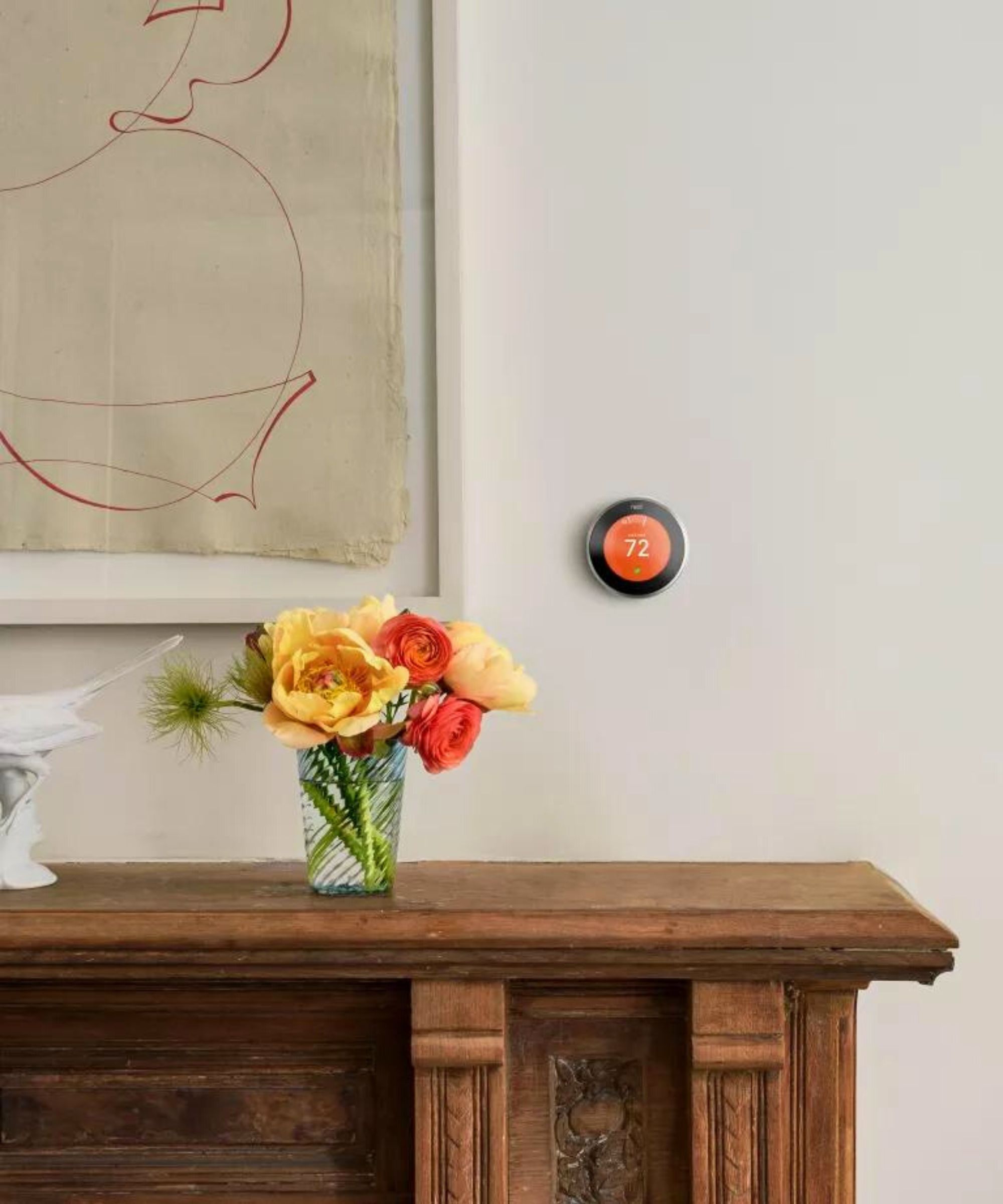
Poor placement is one of the most common thermostat mistakes you can make, as the location of your thermostat plays a big role in how efficiently your heating system operates. If it’s installed near drafty windows, direct sunlight, or heating vents, it can misread your home’s overall temperature. This can cause your heating system to turn on and off more frequently or overheat some areas of your home while leaving others cold.
A properly placed thermostat should be in a central, neutral location, ideally on an interior wall. It should also be away from any sources of heat or cold that could interfere with its temperature readings.
Additionally, Mike Naughton, CEO & Founder of Integrity Energy, adds, 'When it comes to the most cost-effective heating strategies for a home, it’s often most efficient to keep your heating system on, but set it back to a lower temperature when you leave the home. As a general rule, you can set your thermostat back 5 or 10 degrees when away from home to achieve significant savings.'
Expert Tip: Walk through your home with a professional to assess whether your thermostat is placed in the best location for accurate readings and efficiency.
8. Not using a programmable or smart thermostat
It’s easy to forget to lower the heat when you head out or go to bed, which means your system is running when it doesn’t need to. A programmable thermostat lets you set a heating schedule that fits your day, while smart thermostats go a step further, learning your routines and adjusting the temperature automatically.
As Brandon Young explains, 'Products like smart thermostats, which allow homeowners to control their heating more efficiently, can optimize heating schedules and reduce wastage, offering both convenience and cost savings.'
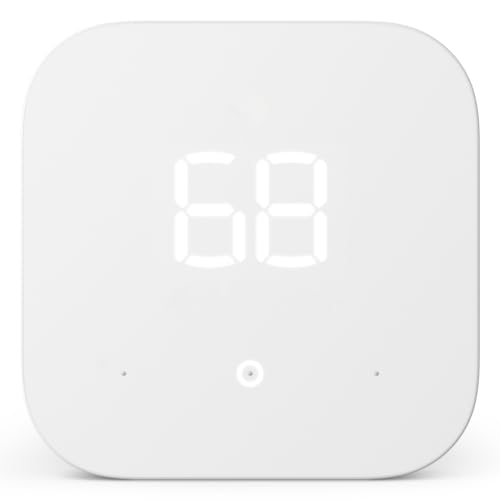
This is a highly reviewed thermostat that offers easy installation, energy savings, and seamless Alexa integration with temperature sensors to optimize comfort and reduce your energy costs.
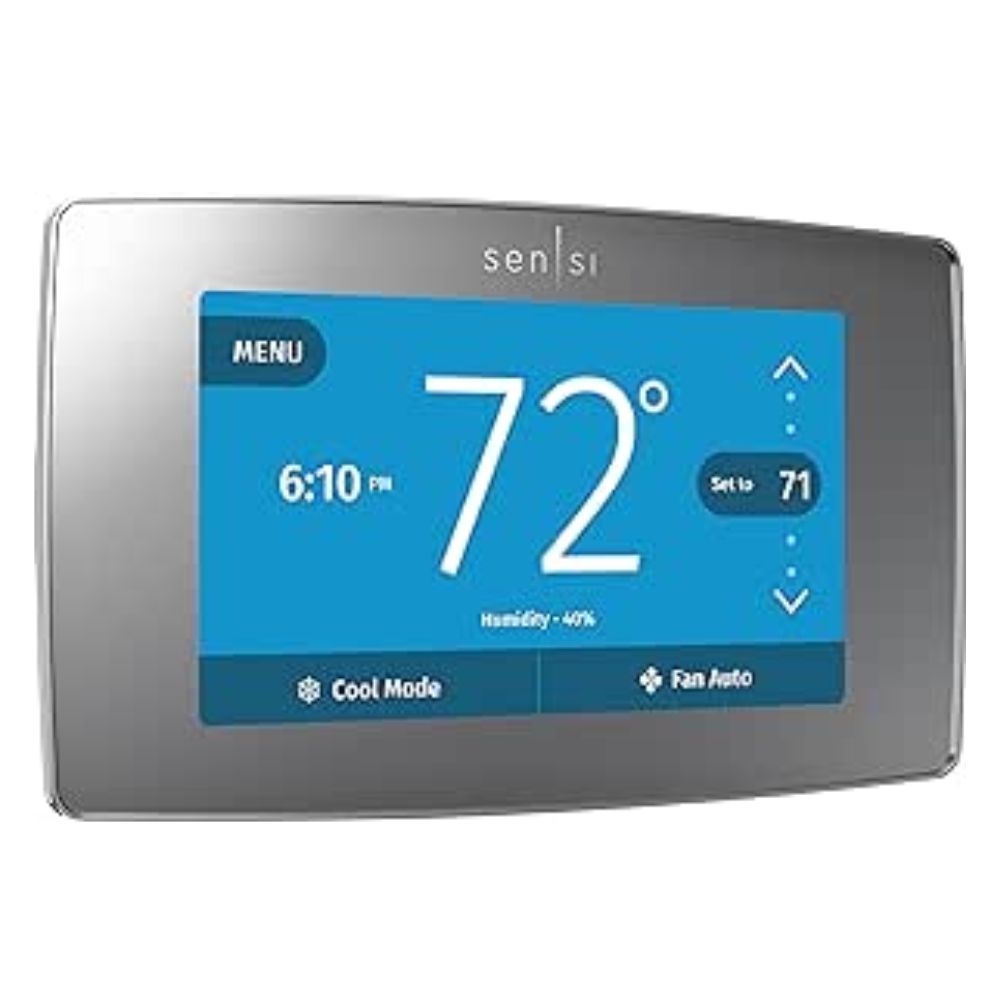
This bestselling system offers easy DIY installation, energy savings, and remote control, with a sleek touchscreen display and smart maintenance features to monitor your HVAC system.
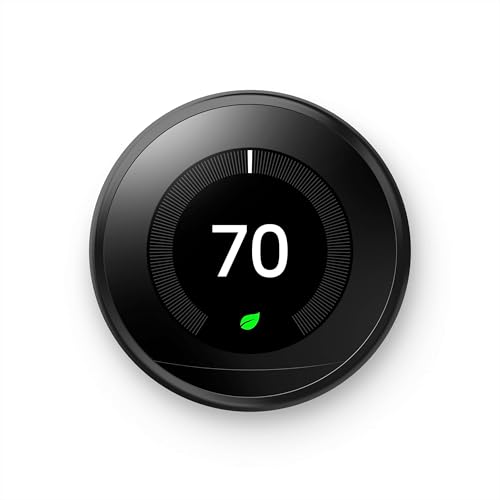
A top choice for smart home enthusiasts, this thermostat learns your routine, adjusts automatically, and offers remote control via the Nest app, saving energy effortlessly.
It’s tempting to play around with the settings on your smart thermostat, adjusting the heat throughout the day. However, Vernon Trollinger warns that constantly tweaking the temperature can add up quickly.
'Raising the heat one or two degrees may not seem like much on a day-to-day basis, but it will add up over the course of a winter,' Vernon says. Once you find a setback routine that works, leave it alone and let the thermostat do its job.
Expert Tip: Set your thermostat and forget it. Let the smart technology optimize your heating schedule for you, avoiding unnecessary energy spikes.
9. Not making the most of 'zoned heating'
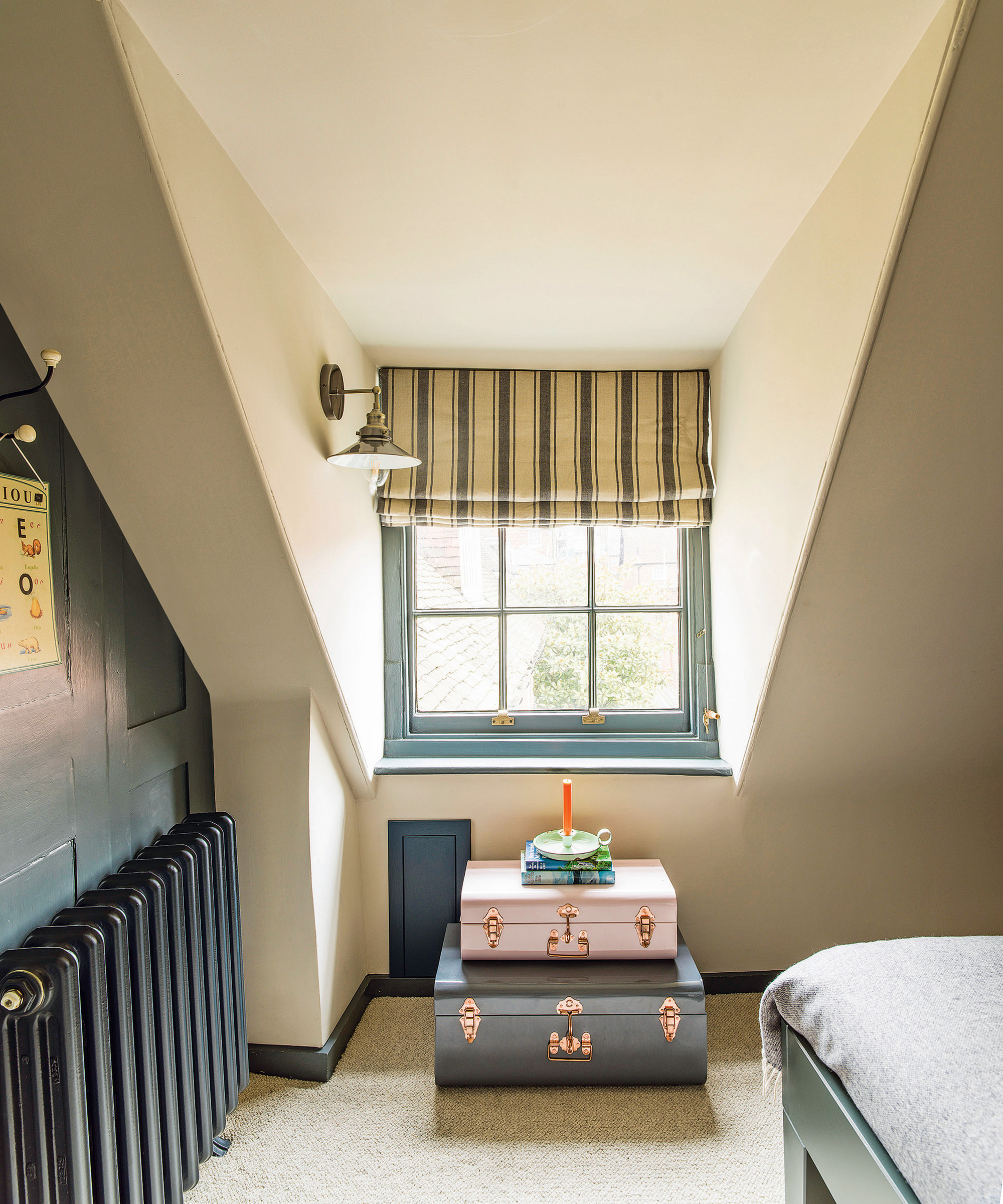
If you have rooms in your home that are rarely used, heating them can quickly add to your energy bills. 'Zoned heating' systems let you focus on warming the spaces you use most, while keeping other areas cooler. This helps you save energy and money by adjusting temperatures to fit your lifestyle. Even if a fully zoned system isn’t in your budget, programmable thermostats are an affordable way to better control the temperature in different areas of your home.
Many homeowners also believe that keeping the heating on at a high temperature all day is the best way to maintain comfort, but it’s actually a big energy drain. Instead, it’s more efficient to lower the thermostat when you’re not home and only heat your space when needed.
Brandon Young advises, 'There's often a debate between keeping heating on low all day or using it in short bursts – but what's best will depend on your home insulation. For well-insulated homes, it is generally more economical to use heating in short, sharp bursts. In poorly insulated homes, however, not keeping it on will prevent the system from having to work harder to achieve the right temperature in a cold space.'
Expert Tip: Assess and adjust your heating strategy based on your home’s insulation and the use of each room. In a well-insulated home, turning the heat on only when needed will save energy. In a draftier space, keeping the temperature consistent might be more efficient.
10. Ignoring furnace condensate drain lines
High-efficiency gas furnaces often have condensate drain lines that can get clogged with mold, dust, or dirt, causing the furnace to shut down unexpectedly. Vernon Trollinger suggests cleaning out the condensate drain line before each heating season by pouring a cup of vinegar into the drain pipe to prevent clogs.
Expert Tip: Detach the drain pipe from the furnace’s exhaust tube annually and clean it to ensure your system runs smoothly throughout winter.
11. Overlooking greener choices
Let's be honest, it’s easier than ever to switch to greener, more energy-efficient heating systems. Many homeowners stick with traditional options like gas boilers or furnaces, but there are now greener alternatives like heat pumps, solar-assisted heating, and geothermal systems that can drastically cut your energy bills.
While the upfront costs may be higher, greener options offer long-term savings on your energy bills and are better for the environment. Plus, many of these systems qualify for government rebates or incentives, making them more accessible than ever.
Expert Tip: Investigate renewable heating systems to see if they’re a good fit for your home, and take advantage of financial incentives that make the switch easier.
Fixing these common heating system mistakes can make a big difference in how your system runs and help you learn how to lower heating costs. With a few easy tweaks, you’ll keep your home cozy and your bills down all winter long.







